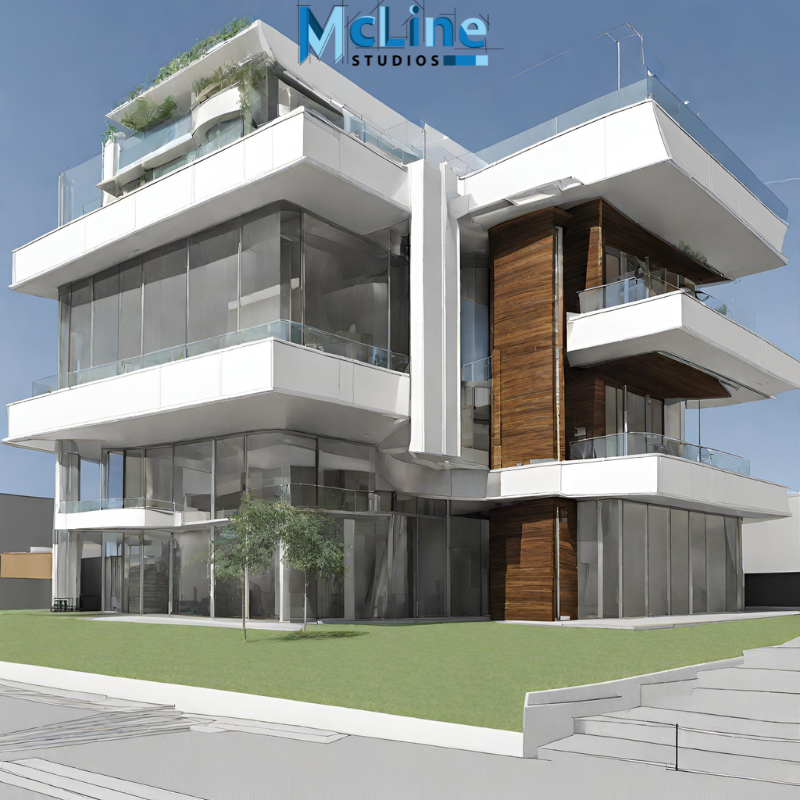The landscape of architectural drafting is undergoing a profound transformation, propelled by advancements in technology and shifting industry paradigms. Traditional methods are giving way to innovative digital tools and techniques, ushering in a new era of efficiency, precision, and creativity. This evolution heralds the dawn of a dynamic era where architectural drafting practices are redefined by innovation.
From digital drafting software to artificial intelligence and virtual reality, innovative solutions are revolutionizing how architects conceptualize, visualize, and communicate their designs. In this era of rapid change, the concept of innovation in drafting practices emerges as a catalyst for progress, shaping the future of architectural design and construction.
Traditional Architectural Drafting Techniques
Traditional drafting methods, including hand drawing and drafting boards, have long been the cornerstone of architectural design. Architects meticulously crafted blueprints and technical drawings by hand, utilizing tools like pencils, rulers, and compasses. However, these methods present several limitations and challenges in today’s fast-paced digital world. Hand drawing is time-consuming and prone to errors
while drafting boards lack the flexibility and scalability of digital platforms. Additionally, traditional techniques require extensive physical storage space for blueprints and drawings, posing logistical challenges in document management. As technology advances, architects are increasingly turning to digital drafting tools for enhanced efficiency and precision.
Digital Drafting Tools
Digital drafting tools, such as Computer-Aided Design (CAD) software and Building Information Modeling (BIM) technologies, have revolutionized the architectural drafting process. CAD software enables architects to create precise and detailed drawings with ease, offering features like 2D drafting, 3D modeling, and rendering capabilities. BIM technologies take digital drafting to the next level by integrating data-rich 3D models with information about building components and systems.
This integration enhances collaboration, improves project coordination, and reduces errors throughout the design and construction phases. Digital drafting tools have significantly enhanced efficiency and accuracy in architectural drafting, empowering architects to realize their designs with greater precision and effectiveness.
Automation and AI Integration
Automation and AI technologies are revolutionizing architectural drafting by streamlining workflows and enhancing productivity. AI algorithms are increasingly employed to automate repetitive tasks such as dimensioning, annotation, and material selection. For example, AI-powered software can analyze design patterns and suggest optimal layout arrangements, reducing manual labor and expediting the drafting process.
By automating routine tasks, architects can focus on more creative and complex aspects of design, leading to greater efficiency and innovation. The integration of automation and AI in architectural drafting promises to optimize workflows and deliver superior design outcomes in a rapidly evolving digital landscape.
Virtual Reality and Augmented Reality
Virtual Reality (VR) and Augmented Reality (AR) are transforming architectural drafting by offering immersive visualization and collaboration experiences. VR technologies allow architects to explore virtual environments in 3D, providing a sense of scale and spatial awareness before construction begins. AR overlays digital information onto the physical world, enabling architects to visualize designs within real-world contexts.
These technologies enhance collaboration by allowing stakeholders to interact with and provide feedback on designs in real time. By enabling architects to experience and communicate designs more effectively, VR and AR technologies are revolutionizing the architectural drafting process, leading to improved decision-making and project outcomes.
Parametric Design and Generative Design
Parametric design involves using algorithms to define and manipulate design parameters, creating flexible and adaptive architectural solutions. Generative design takes this concept further by employing computational algorithms to explore a vast range of design possibilities based on predefined constraints and goals.
These innovative approaches are reshaping the design process by enabling architects to explore complex design iterations efficiently. By leveraging parametric and generative design techniques, architects can push the boundaries of creativity, uncovering novel design solutions that optimize performance, efficiency, and aesthetics.
These approaches empower architects to tackle design challenges with agility and creativity, ultimately leading to more innovative and responsive architectural solutions.
Case Studies: Innovations in Drafting Technologies
1. Zaha Hadid Architects: The firm implemented parametric design techniques in the Heydar Aliyev Center, optimizing complex geometries and structural efficiencies. By leveraging parametric modeling software, they achieved unprecedented design flexibility and precision, resulting in iconic architectural forms.
2. Gensler: Gensler utilized BIM technologies in the Shanghai Tower project, enabling seamless collaboration and coordination among multidisciplinary teams. The integration of BIM facilitated efficient project management, reduced clashes, and enhanced construction accuracy, resulting in the successful completion of one of the world’s tallest skyscrapers.
These case studies demonstrate how innovative drafting technologies have revolutionized architectural practice, leading to enhanced project outcomes, streamlined workflows, and groundbreaking design achievements.
Challenges and Future Trends
Adopting innovative drafting technologies presents challenges such as initial investment costs, learning curves, and interoperability issues between software platforms. Additionally, ensuring data security and privacy remains a concern. However, emerging trends indicate a shift towards cloud-based collaboration platforms, real-time rendering, and AI-driven design optimization. Furthermore,
the integration of sustainability principles and digital twin technologies is expected to shape the future of architectural drafting. Overcoming challenges through training, standardization, and strategic partnerships will pave the way for architects to harness the full potential of innovative technologies and drive meaningful advancements in the field of architectural design.
Conclusion
Innovations in architectural drafting have revolutionized the design process, empowering architects to envision and create bold, sustainable, and visionary architectural solutions. As pioneers in the field, McLine Studios recognizes the transformative impact of these innovations. Looking ahead, the future of drafting is bright, with continued advancements in technology driving greater efficiency, collaboration, and creativity.
By embracing innovation, architects can navigate complex design challenges with confidence and lead the architectural industry towards a future defined by innovation, sustainability, and excellence. At McLine Studios, we remain committed to pushing the boundaries of architectural drafting and shaping the built environment for generations to come.
